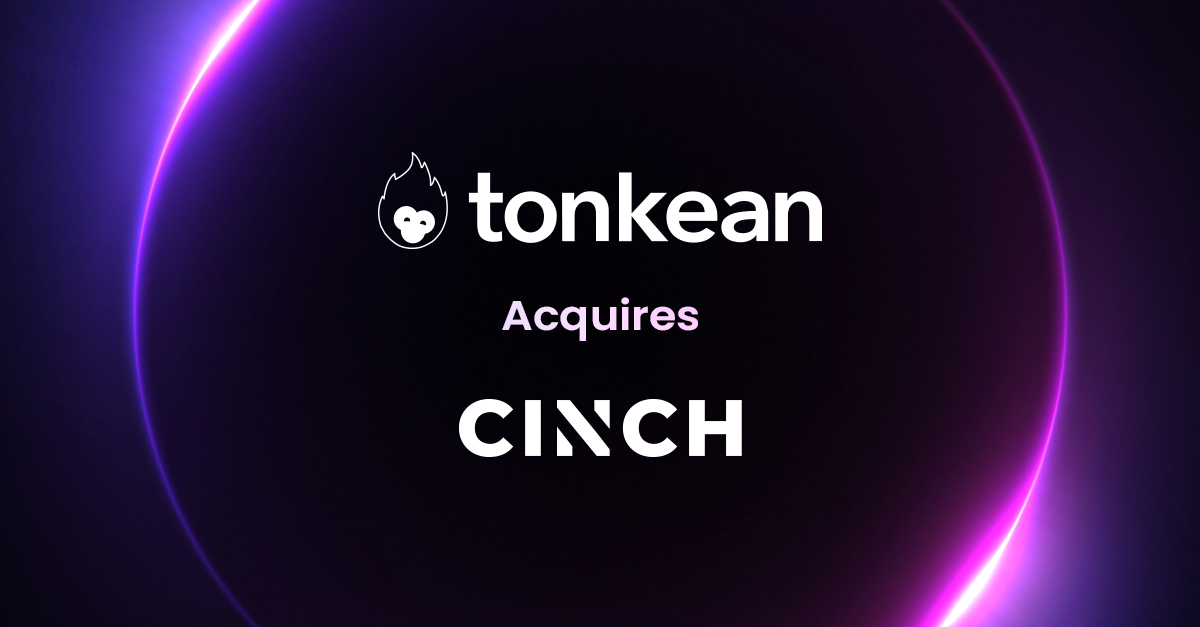
In this episode of the Modern Business Operations podcast, Dawn Tiura, CEO and President at SIG (Sourcing Industry Group), a global association that provides thought leadership, training and networking opportunities to executives in sourcing, procurement, and outsourcing from Fortune 500 and Global 1000 companies, sits down with host Sagi Eliyahu to discuss tactical buying and cognitive procurement.
Dawn Tiura, CEO and President at SIG (Sourcing Industry Group), believes that procurement teams possess immense potential and have a crucial role to play when it comes to creating business value inside their organizations. “My vision is to get the CPO (Chief Procurement Officer) [to] where we have the CFO seated at the right hand of the CEO, [and] the CPO seated at the left hand,” Tiura recently told Sagi Eliyahu, Tonkean co-founder and CEO, on the Modern Business Operations podcast.
Of course, we agree wholeheartedly that this is where procurement leaders should sit.
We also agree with something else Tiura mentioned in her conversation with us: that, to realize their potential internally, procurement teams need to get strategic about how they leverage new technologies like AI to build “cognition” or intelligence into key aspects of their practice.
This is what’s known as “cognitive procurement”—using AI and machine learning to streamline, automate, and improve the P2P process.
Now more than ever, opportunities for embracing cognitive procurement are veritably abundant in the procurement space.
A key example is strategic sourcing. Broadly, strategic sourcing involves observing market forces, fostering long-term relationships with suppliers, and intelligently aligning procurement with the larger business goals of the organization.
“If it’s something that’s three-bids-and-a-buy, let a machine do it,” Tiura said. “If it’s going to be something that’s going to influence the outcome of the organization, or their bottom line, then have it be strategically sourced, and use smart tools that use AI, that use cognitive procurement to do that kind of sourcing.”
Strategic sourcing is different from tactical sourcing; the latter is focused on speed and snagging the lowest price.
On its face, speed seems like an important part of procurement, but when it’s entirely the focus, you miss potentially huge opportunities to perform market research, analyze spend, choose the best vendor, and more—and you may introduce risk to your organization without realizing it. Risks may be contractual, commercial, reputational, technical, or related to security and privacy (data breaches, GDPR compliance, etc.).
That’s why Tiura is so emphatic about investing in your capacity for strategic sourcing.
She says it’s about business success. Strategic sourcing can help you spot waste, eliminate redundancies, identify third-party risks, and proactively solve all kinds of procurement problems.
Which brings us back to new, potentially game-changing sourcing tools, like AI.
Among other things, AI-infused procurement tools like Tonkean function as key partners in strategic sourcing and cognitive procurement efforts.
Tiura pointed out that the AI tools coming on the market are already having a much more tangible impact on procurement professionals than previous iterations. “A machine can think faster. It doesn’t forget. It can see patterns we can’t see. And so it’s very powerful when it’s built into a toolset correctly,” she said. (Though she added that AI can have biases that you’re not aware of, and it can lead you in a wrong direction if you’re not careful.)
She says people are starting to use AI to make smarter sourcing decisions. For example, people are making better, more systematic use of data. They’re using AI to work smarter—by automating purchasing processes, creating guided buying journeys, and automating intake, triage, and coordination.
Risk is a big impact vector. You can feed third-party risk information into an AI tool and let it report back to you. It can flag things that you need to pay attention to, recommend decisions, and help you make choices.
And this is just the start. Tiura believes the next wave of AI in procurement will be predictive.
Soon, procurement teams will be using AI to anticipate what pricing will be, where the market is going, and so on. “Because the one thing we’ve really stunk at all of our lives is predictions and forecasts,” she said.
Of course, it’s unwise to treat cognitive procurement, or even AI more broadly, as any kind of panacea. What’s happening now is a revolution of sorts, but it will be followed by another. The key with these waves of technological advancement is to adapt—and to embrace regulations as they’re put in place and when there is a need. Furthermore, any given AI solution or cognitive procurement strategy needs to be tested; procurement teams should always understand how the tools and strategies they invest in are working, and why.
Procurement teams should assume strategic visionary roles inside their organizations. Cognitive procurement is at once a lever and lens that can help procurement professionals do precisely that. In practice, it up-levels procurement teams by helping them intelligently automate tactical and administrative tasks and allowing them to become, over time, more trusted advisors to the business.
Subscribe to the Modern Business Operations podcast on Apple Podcasts, Spotify, YouTube, or wherever you get your podcasts. Join the Tonkean community to engage with your peers. Get more insights and information about operations, no-code, and generative AI tools from our newsletter, LinkedIn, and Twitter.

.png)